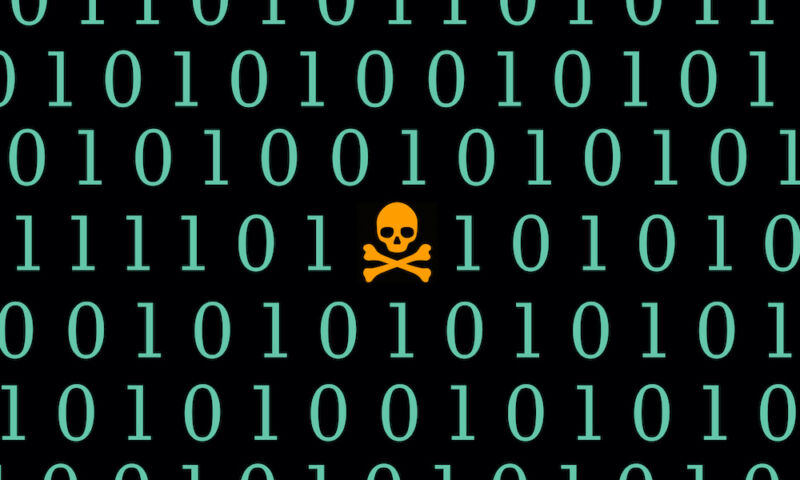Malware infecting widely used security appliance survives firmware updates – Ars Technica

Threat actors with a connection to the Chinese government are infecting a widely used security appliance from SonicWall with malware that remains active even after the device receives firmware updates, researchers said.
SonicWall’s Secure Mobile Access 100 is a secure remote access appliance that helps organizations securely deploy remote workforces. Customers use it to grant granular access controls to remote users, provide VPN connections to organization networks, and set unique profiles for each employee. The access the SMA 100 has to customer networks makes it an attractive target for threat actors.
In 2021, the device came under attack by sophisticated hackers who exploited what was then a zero-day vulnerability. Security appliances from Fortinet and Pulse Secure have come under similar attacks in recent years.
Gaining long-term persistence inside networks
On Thursday, security firm Mandiant published a report that said threat actors with a suspected nexus to China were engaged in a campaign to maintain long-term persistence by running malware on unpatched SonicWall SMA appliances. The campaign was notable for the ability of the malware to remain on the devices even after its firmware received new firmware.
“The attackers put significant effort into the stability and persistence of their tooling,” Mandiant researchers Daniel Lee, Stephen Eckels, and Ben Read wrote. “This allows their access to the network to persist through firmware updates and maintain a foothold on the network through the SonicWall Device.”
To achieve this persistence, the malware checks for available firmware upgrades every 10 seconds. When an update becomes available, the malware copies the archived file for backup, unzips it, mounts it, and then copies the entire package of malicious files to it. The malware also adds a backdoor root user to the mounted file. Then, the malware rezips the file so it’s ready for installation.
“The technique is not especially sophisticated, but it does show considerable effort on the part of the attacker to understand the appliance update cycle, then develop and test a method for persistence,” the researchers wrote.
The persistence techniques…

